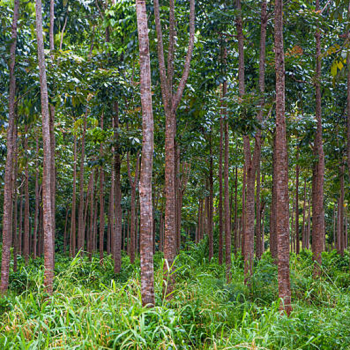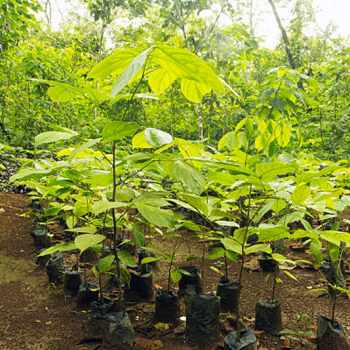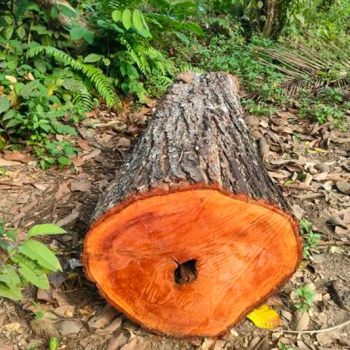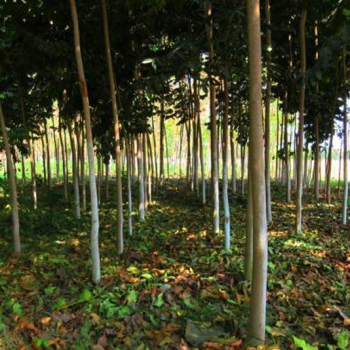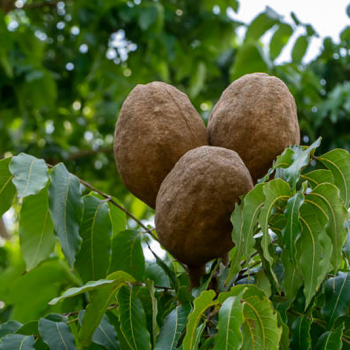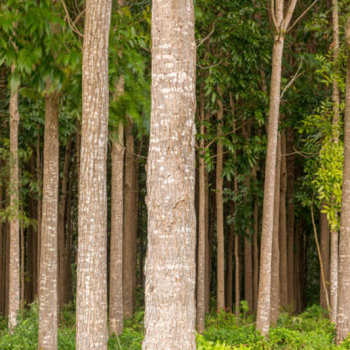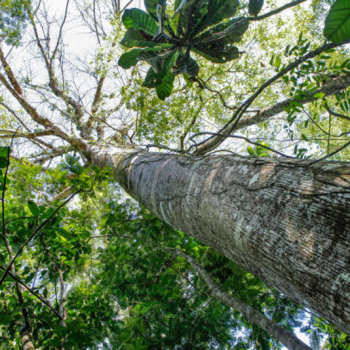The Sri Vanam Project
Weekend Farming
A Breath of Fresh Air
The Sri Vanam Project revolves around the idea of offering an escape from the hustle and bustle of city life by encouraging individuals to engage in farming activities during weekends. Participants have the opportunity to unwind, connect with nature, and cultivate their own vegetables. This concept not only provides a refreshing break but also nurtures a sense of sustainability and self-sufficiency.
Benefits of Weekend Farming
Stress Reduction and Relaxation
Spending time in a natural, green environment can significantly reduce stress levels. Weekend farming allows urbanites to escape their regular routine and immerse themselves in a tranquil farming setting
Physical Exercise and Well-being
Farming involves physical activities such as planting, watering, and harvesting, which contribute to a healthier lifestyle. Engaging in such activities over the weekend promotes fitness and overall well-being.
Nutrition and Sustainable Living
Cultivating vegetables in personal plots empowers individuals to grow their own fresh produce, promoting a nutritious diet. It also encourages sustainable living by reducing the reliance on commercially sourced vegetables.
Community Building
The Sri Vanam Project fosters a sense of community and camaraderie among participants who share a common interest in farming. It encourages social interaction, collaboration, and knowledge-sharing among individuals from diverse backgrounds.
Environmental Consciousness
Through weekend farming, participants become more environmentally conscious as they witness the lifecycle of plants and experience firsthand the effort required to grow food. This understanding can lead to a greater appreciation for nature and sustainable practices.
Mahogany Plant Cultivation for Long-Term Investment
Mahogany is a valuable timber tree known for its durability and high market demand. Planting Mahogany trees can be a long-term investment that secures your children’s future financially. Here’s how to incorporate it into your plan
Mahogany Tree Selection
- Choose a suitable Mahogany tree variety for your region and climate
- Consider factors like soil type, rainfall, and temperature
Long-Term Management
- Understand the growth cycle of Mahogany trees, which can take several years.
- Monitor for pests and diseases and take appropriate measures to protect your investment
Land Preparation
- Identify a dedicated area on your property for Mahogany tree planting
- Prepare the soil, ensuring proper drainage and nutrient levels
Mahogany Harvesting
- Plan for the eventual harvest of mature Mahogany trees, which can yield valuable timber.
- Seek guidance from forestry experts on sustainable harvesting practices
Planting and Maintenance
- Follow recommended planting guidelines, including spacing and depth
- Regularly water and care for the Mahogany trees to promote healthy growth
Financial Planning
- Consult with financial advisors to create a long-term investment strategy that includes the income from Mahogany tree sales.
Project Highlights
- Choice of plots: 100, 150, and 200 yards.
- Convenient location beside an asphalt road.
- Secure environment with a compound wall and 24/7 CCTV surveillance.
- Engage in family time at the children’s play area.
- Hassle-free spot registration for your convenience.
- Enjoy peace of mind with round-the-clock security.
- Access to a well-equipped project clubhouse and a refreshing swimming pool.
- An exciting prospect: 60% revenue from Mahogany trees goes directly to you!
- We’ve got you covered for the first 10 years with free maintenance
Potential Traditional Uses of Mahogany in Medicine
Digestive Health
In some traditional practices, Mahogany bark has been used to support digestive health and alleviate gastrointestinal issues. It is believed that certain compounds present in Mahogany may possess properties beneficial for the digestive system. However, it’s crucial to emphasize that scientific evidence supporting these claims is limited, and the use of Mahogany for digestive health should be undertaken with caution and under professional guidance
Wound Healing
The antimicrobial properties found in Mahogany bark have led to its traditional use in wound healing. These properties may aid in preventing infections and promoting the healing process. The bark might be applied topically to wounds, cuts, or abrasions to facilitate healing and reduce the risk of infections. However, it’s important to reiterate the necessity of consulting a healthcare professional before using Mahogany for wound healing.
Diabetes
While Mahogany is not a mainstream treatment for diabetes, some traditional practices suggest its potential use for diabetics. Some sources mention that certain compounds found in Mahogany may have properties that could help manage blood sugar levels. However, scientific research validating the efficacy and safety of Mahogany for diabetes management is limited, and medical supervision is essential before considering Mahogany as part of a diabetes management plan.
